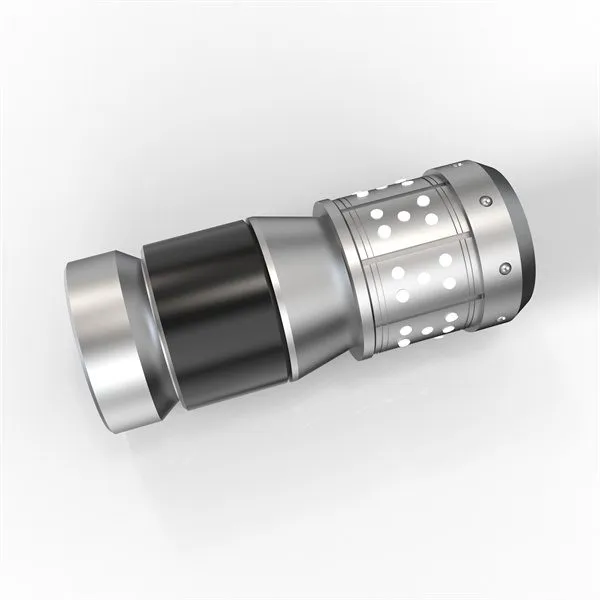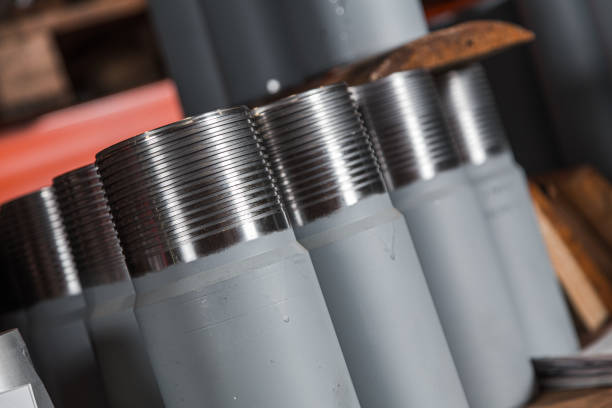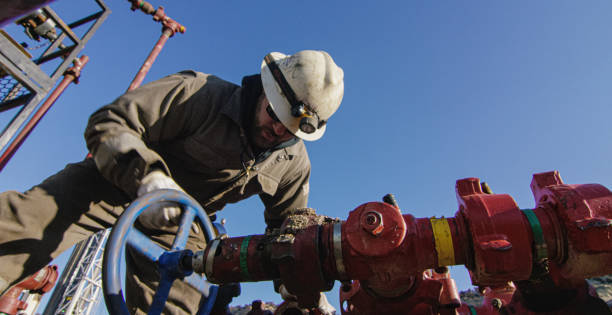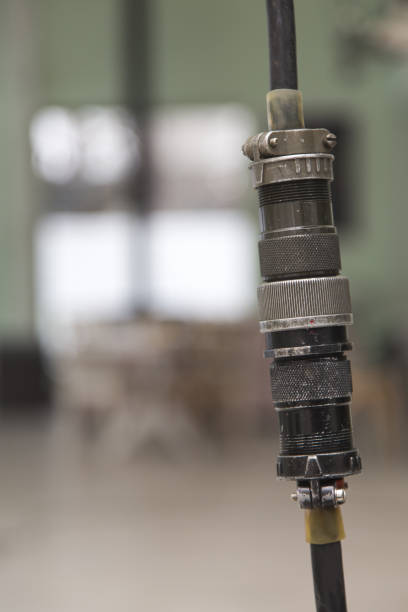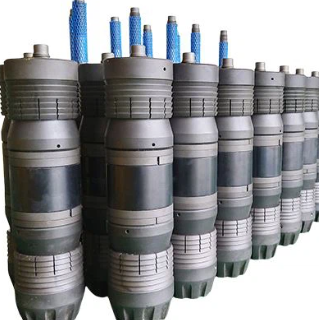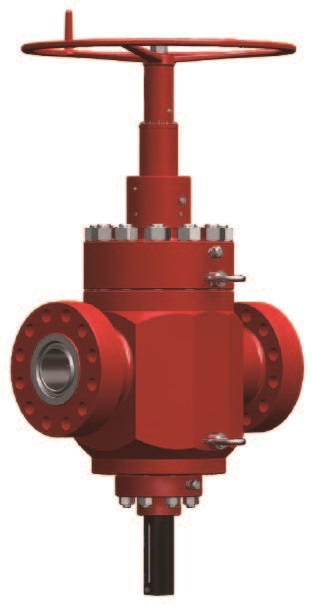
Expangding Gate Vavle
Expangding Gate Vavle
Innovative Guardian in the Field of High-Pressure Sealing

In demanding industrial fluid control scenarios, traditional gate valves often cause leakage risks due to sealing failure, valve seat erosion and other problems. The Expanding Gate Valve has become a key safety barrier in the fields of oil and gas, chemical industry, etc. with its unique double sealing mechanism and ability to withstand extreme working conditions. This article analyzes how this valve reshapes the industry standard of high-pressure sealing through the synergistic breakthrough of mechanical design and material science from the dimensions of technical principles, structural innovation, application scenarios and technical challenges.
Peças para campos petrolíferos
- Technical Definition and Core Advantages of Expanding Gate Valve
The expanding gate valve is a valve that achieves bidirectional sealing through the lateral expansion of the gate. Its core principle is that when the gate moves down to the closed position, the wedge mechanism drives the upper and lower gates to expand outward, while pressing the valve seats on both sides of the valve body to form a composite barrier of metal-to-metal rigid seal and elastic seal. Compared with the traditional parallel gate valve, its technical advantages are significant: - Zero leakage performance: The double sealing surface design makes the leakage level reach Class VI of API 598 standard;
- High pressure difference resistance: It can withstand a pressure difference of more than 69MPa (10,000psi), suitable for ultra-deep wells and high-pressure pipelines;
- Anti-particle wear: The gate expansion process can scrape impurities on the valve seat surface to prevent damage to the sealing surface;
- Long life: In an acidic gas environment containing hydrogen sulfide, the service life can reach more than 20 years (designed according to NACE MR0175 standard).
- Structural evolution and technological breakthroughs
The birth of the expansion gate valve originated from the innovation of the sealing defects of traditional gate valves. In the 1950s, Cameron Company in the United States first proposed the expansion structure of “double gate + wedge block” to solve the frequent leakage problem of oil and gas wellhead valves, and obtained a patent (US Patent 2,890,005). Since then, its technological evolution has revolved around material strengthening and functional integration:
Equipamento de cabeça de poço
Core structural components:
Upper and lower gates: usually made of ASTM A182 F6a duplex stainless steel, with surface cladding of Stellite 6 alloy (Stellite 6), with a hardness of HRC 4045;
Wedge mechanism: The taper angle is designed to be 5°7° to ensure the balance between the gate expansion and the operating torque;
Seat ring: removable design, made of Inconel 718 or 174PH precipitation hardened stainless steel, and the preload is maintained by a disc spring;
Self-cleaning function: some high-end models are inlaid with tungsten carbide scrapers on the edge of the gate to remove valve seat fouling.
Technical Milestones:
In 1982, Aker Solutions of Norway launched the “Dual Block and Bleed (DB&B)” function, which can independently release the cavity pressure when the valve is closed, improving maintenance safety;
In 2015, Baker Hughes of the United States developed the “SmartGate” intelligent expansion gate valve, which integrates strain sensors and wireless transmission modules to monitor the stress distribution of the sealing surface in real time.
Válvula
III. Application Scenarios and Industry Value
The expansion gate valve has become the “gatekeeper” in the following fields due to its reliability:
- Oil and gas well control:
In the high-pressure gas well gas tree (Wellhead), both the main valve and the wing valve adopt an expansion design to ensure that the wellhead pressure is controllable. For example, in the Ghawar oil field of Saudi Aramco, the valve needs to operate in an environment of 35MPa and 15% H₂S;
In shale oil fracturing operations, the valve needs to withstand the erosion of sand-carrying fracturing fluid, and the laser cladding of tungsten carbide coating on the gate surface can increase the wear resistance by 3 times. - Chemical high-pressure reaction system:
The outlet pipeline of the coal-to-liquid Fischer-Tropsch synthesis reactor, the valve operating temperature reaches 450°C, and a nickel-based alloy (Alloy 625) valve body and graphite sealing ring are used;
The high-pressure flash tank inlet of the polypropylene device, the valve needs to be urgently cut off within 10 seconds, and the pneumatic actuator response time is ≤5 seconds. - Electricity and metallurgy:
The main steam pipeline of the supercritical coal-fired power plant, the valve operating parameters are 31MPa/620°C, and the material is P91 heat-resistant steel;
The blast furnace gas residual pressure power generation (TRT) system, the valve needs to adjust the dirty gas of 200℃ and 0.5MPa, and is equipped with a nitrogen purge interface to prevent dust deposition.
Gate Valve / (API 6A Gate Valve)
According to Grand View Research data, the global high-end industrial gate valve market will reach US$7.4 billion in 2023, of which expansion gate valves account for more than 30%, with an annual growth rate of 5.8%.
IV. Technical Challenges and Future Trends
- Innovation of extreme environment materials:
Deep-sea oil and gas development requires valves to withstand 150MPa static pressure and low temperature (4°C), using high-strength titanium alloy (Ti6Al4V ELI) valve body and polyimide sealing materials;
In the acidic brine environment (pH 23) of geothermal power plants, the valve is lined with Hastelloy C276, and the casting defects are eliminated by hot isostatic pressing (HIP) process. - Intelligent and predictive maintenance:
Embedded acoustic emission sensor: By analyzing the stress wave during valve operation, early diagnosis of wedge block wear (such as Emerson’s Valve Health App);
Digital twin model: Based on ANSYS fluid-solid coupling simulation, optimize the gate expansion trajectory and reduce the micro-wear of the sealing surface. - Green manufacturing and low carbonization:
Lightweight design: reduce the weight of the valve body by 20% through topological optimization, and reduce carbon emissions in the casting process;
Remanufacturing technology: plasma spray repair of the sealing surface of retired valves, reducing costs by 40% (in compliance with API 6AR standards). - Multifunctional integration:
Self-powered actuator: use pipeline medium flow to drive micro-turbine power generation to achieve wireless control of valves;
Emergency seal injection system: automatically inject high-temperature sealant when the seal fails to maintain short-term isolation capability.


